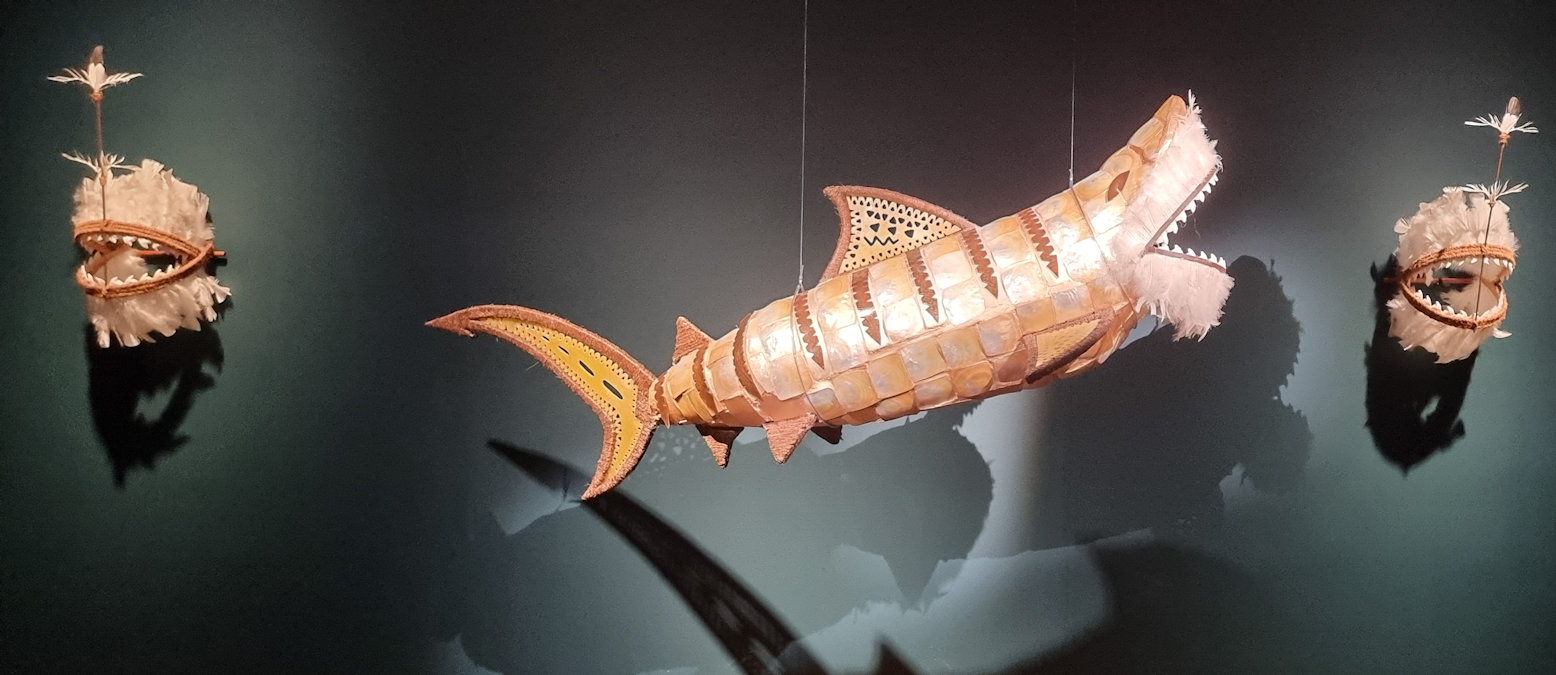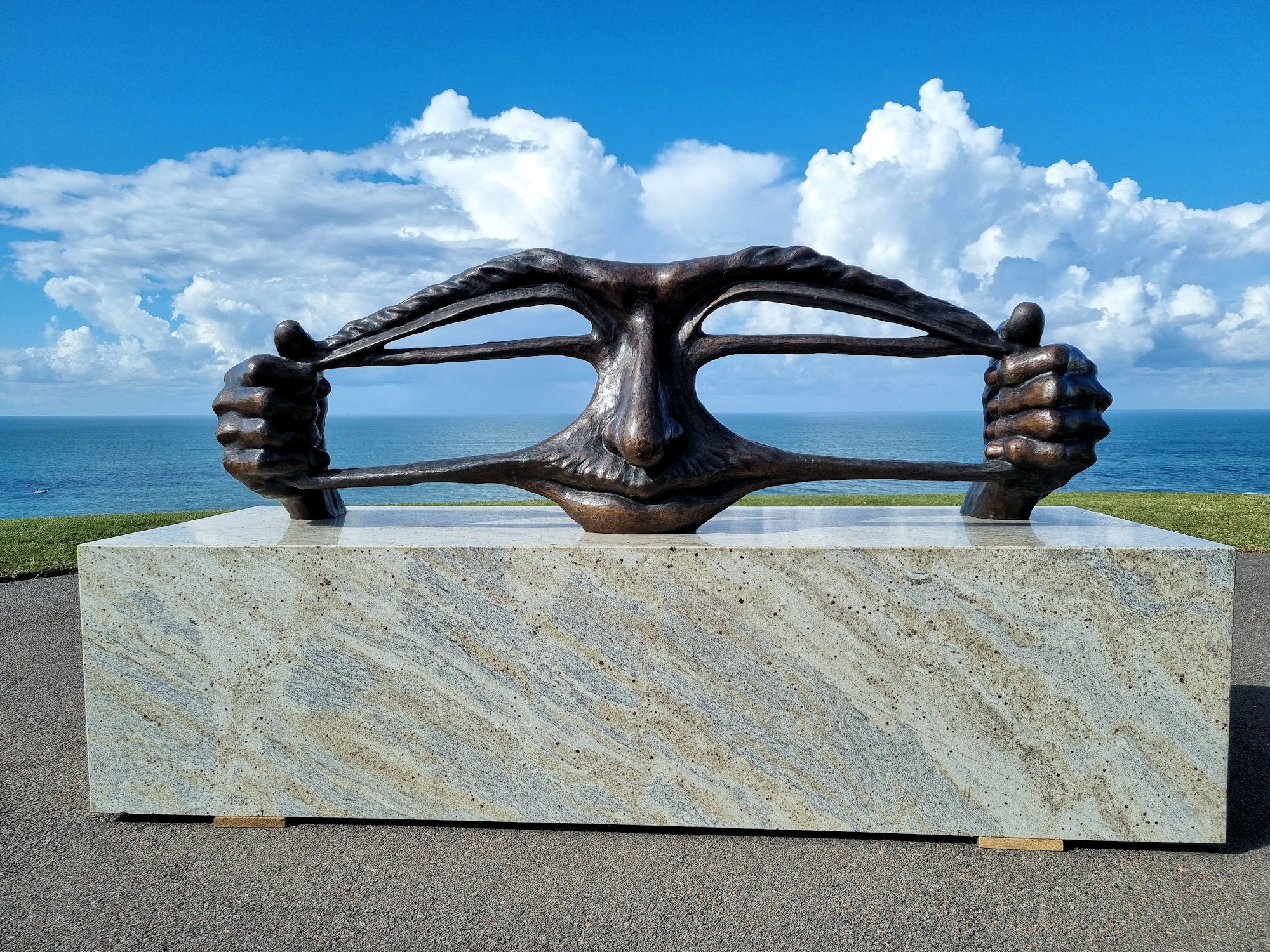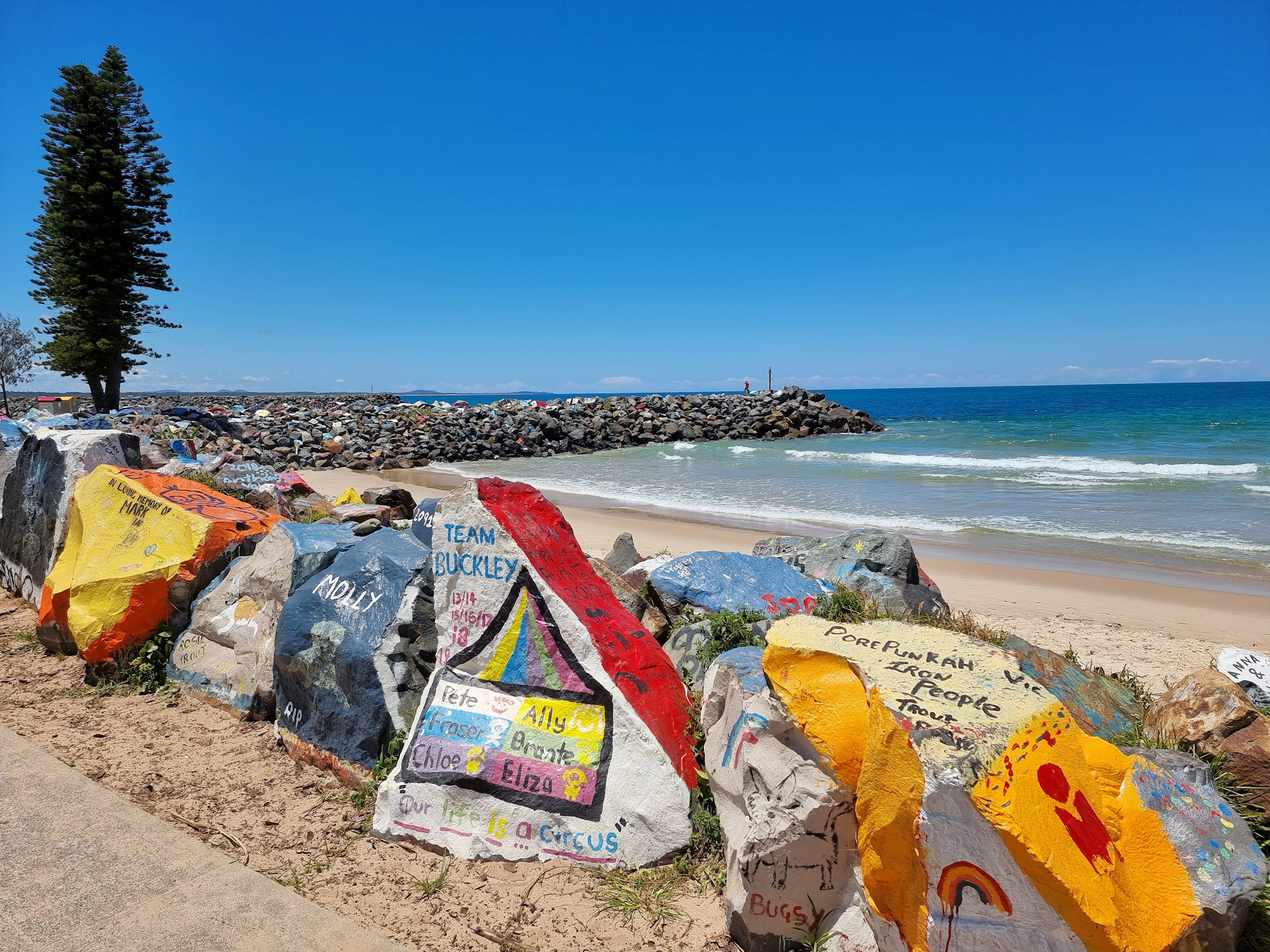Category: Art
-
Maitland Regional Art Gallery May 2023

Maitland Regional Art Gallery May 2023 We revisited the Maitland Regional Art Gallery in late May 2023 and were lucky to catch two great exhibitions in their last days. It’s not often that we get to see Torres Strait art displayed in the Hunter Valley in New South Wales, Australia, this was a great opportunity.… Read more
-
Sculptures at Scratchley

Sculptures at Scratchley Sculptures at Scratchley is a planned annual sculpture exhibition held for the first time this year in the grounds of Fort Scratchley, a historic fort at the entrance to Newcastle Harbour in New South Wales, Australia. Held for the first time in 2023 the exhibition showcases a selected number of international, national… Read more
-
Port Macquarie

Port Macquarie Located on the mid-north coast of New South Wales, Australia, Port Macquarie is a favourite tourist destination. Not only does it have beautiful beaches and rainforests, but is the Koala Capital of Australia. Not only these things and convict history, but if you get bored you can pick your own tomatoes or strawberries.… Read more